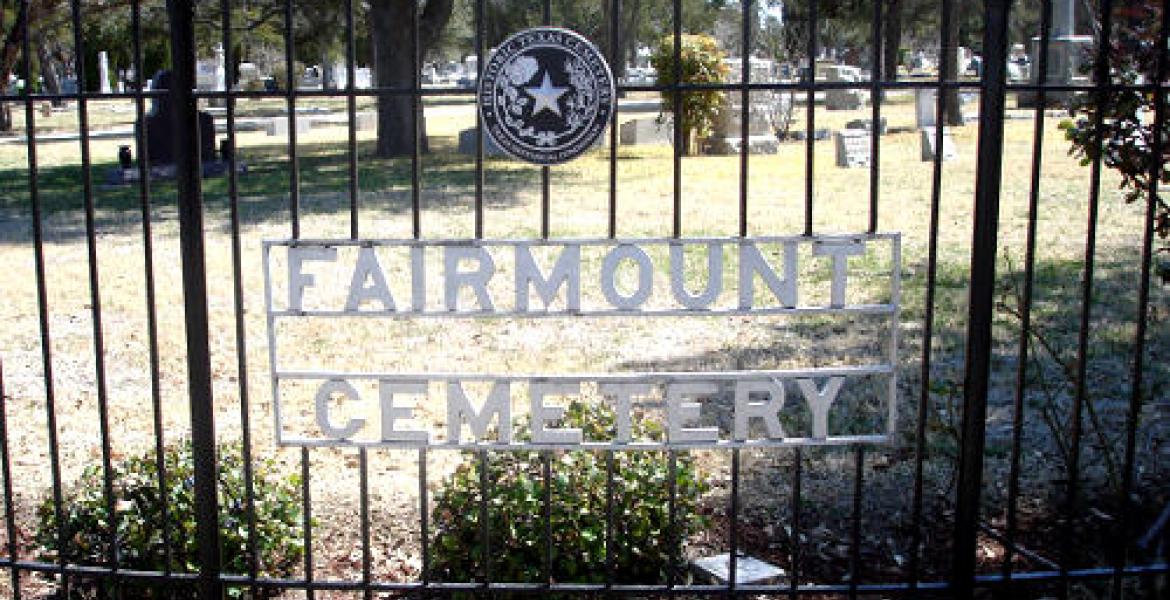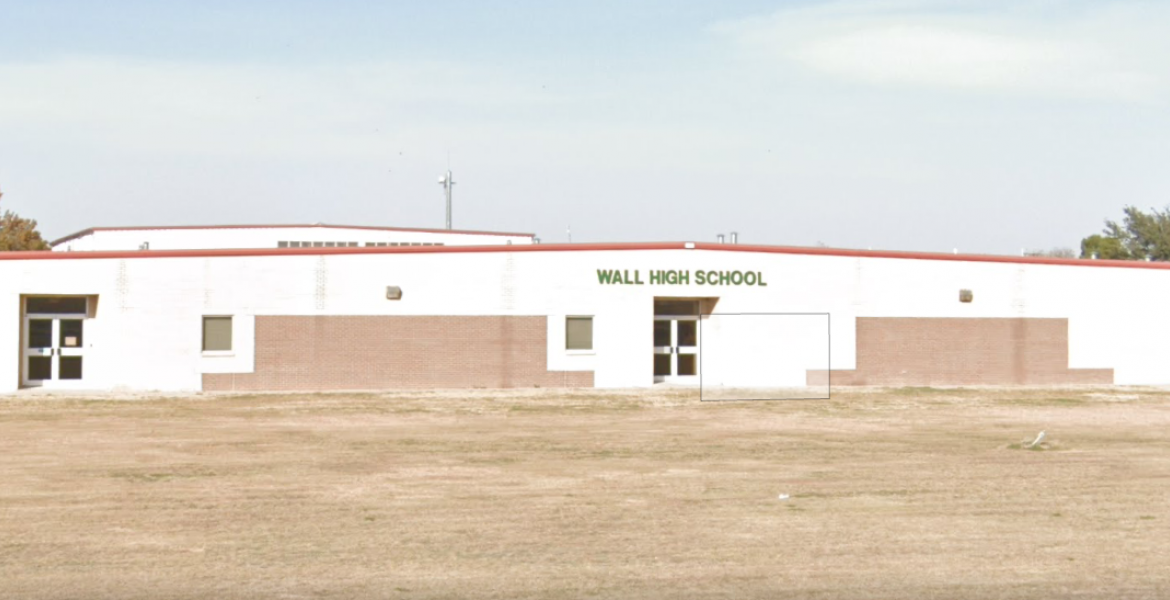“You used to see rainbows around the lights,” says David Hague, recalling the times he had in college in the 1970s. “Your eyes would be watering.”
Hague is a native of Rhode Island, but has been living in San Angelo for the past 36 years, working as Central High School’s swim coach. The rainbows around the lights, he says, came in a time where goggles weren’t common and neither were lane ropes.
Nowadays, Hague’s roughly 150 swimmers enjoy all the amenities that make swimming more comfortable than it was when he was starting out, but the sport has always been dear to the 60-year-old butterfly and freestyle swimmer.
“I swam in college, but it was different back in the ‘70s. We were just starting to use goggles in my freshman/sophomore year, ’72-’73. It was a challenge in the younger years, but swimming’s a great sport. I wouldn’t trade it for anything,” he said.
At a time when jobs were scarce, Hague hit the road intent on finding employment in California, where a cousin of his lived, stopping off briefly in Odessa to visit a cousin and sister along the way.
Odessa was definitely not meant to be a permanent stop, Hague recalls, remembering the strange scent on the air as he entered the city, which led him to believe his car was breaking down. The scent, he said, turned out to be the “smell of money. A good taste of the tap water also proved to be a shock. “You’ve got to chew it before you can swallow it,” he said with a laugh.
Nonetheless, Odessa did have a major plus point that ultimately kept Hague in the city for approximately eight months.
“I got to Odessa, where my sister was, and within one week I had a full-time job at the YMCA as a fitness director,” he said. “You had to have your college degree and all that and it made more than a teacher did, so I was pretty happy for a little while. I had some money coming in.”
Soon, Hague met and befriended some of the other Odessa swim coaches through his work at the YMCA, and was given a lead on a job in San Angelo. ”They said, ‘San Angelo, that high school coach just left, why don’t you go take his job?’ So I interviewed, got the job. I didn’t stay in Odessa too long. I used to come to Angelo to go water skiing, then ended up coming here in the fall of 1978.”
When Hague arrived at Central High School the after school swim program had been abandoned for the better part of a year and the school had a single swimming class. Initially, he had just this and five P.E. classes, but quickly re-implemented the after school program in order to train some younger swimmers to work their way up.
Eventually, a junior varsity team was added, and about 10 years ago Hague started a 9th grade team. A morning middle school team of about 60 kids has also since been added, making up the bulk of the program.
“That’s pretty much what we rely on as far as to keep the program going with the numbers,” he said. “The middle school is really the bread and butter of what we’re doing now, that’s how I feel about it. That kind of took root in west Texas—several of the real small school districts were kind of starting it, and I realized that that was the way to be successful, to get those kids involved at 7th grade and get them in here and teach them how to swim properly so that when they’re 9th graders, they’re ready to go.
“Used to be, they’d just show up whenever—9th, 10th, 11th grade—put them in, try to teach them and compete. So it’s a lot better process now. I feel real good about how things are going.”
Over the past 36 years, Hague has developed a program that consistently feeds into his high school team, beginning with swim lessons each summer, the after school swim which is primarily children up to 6th grade, the middle school team, and the junior varsity and varsity teams.
The set up differs from some of the large swim clubs in other cities, where teams are broken down much further by age and ability and often train for up to four to five hours a day, but Coach Hague says he’s tailored the program based on San Angelo’s needs.
“It’s kind of bits and pieces, but it all works together to kind of give us what we need to keep the program going,” he explains. “We’re not a big club team like in the metroplex areas. They’ll have eight or nine club teams and working out two to three hours a day, plus their high schools are doing something different.
“I just found in west Texas—what suits San Angelo better—is the middle school program. This after school is mainly for kids up to 6th grade, then they try out for the team and get on the middle school team, then they get on the high school team. It’s kind of a ladder.”
As a coach with a smaller program, Hague says he tries to keep his training realistic. The number one priority, he says, is technique, not yardage. A large portion on the focus of his workouts is on “skills and drills”, he says, and the feedback from those in neighboring cities has been positive, many commenting on swimmer’s strokes.
“It’s really important to have good technique…to learn how to swim properly. I don’t just say let’s splash and thrash and keep going and going and going. We try to do drills, we try to fix strokes, we try to do all the little stuff so they’ll be successful later,” Hague says. “It’s more important, I think, to hit your stride when you’re in high school than it is to be a great 10-year-old swimmer but not a great 17-year-old swimmer. We don’t put much yardage on them at an early age, that’s not one of our things. It’s more about swimming properly and enjoying the sport, and continuing to get better as you get older. That’s my priority.”
Over the years, Hague has seen several swimmers go on to compete in college, most recently one at SMU and one at Incarnate Word. But while scholarships offer great opportunities, Hague says his emphasis is on what is ultimately better for the child, whether it’s swimming or hanging up the fins.
“A lot of our kids could go swim right now for some small colleges,” he explains. “We’ve got a lot of kids that could go DII or DIII, or NAIA, or choose to say, ‘I’m going to end my high school career now. I could go to a school I don’t really want to go to and swim, but I’d rather go to a school I want to go to.’ You’ve got to end your swim career somewhere. Sooner or later you’ve got to say, ‘Ok, I’m done with swimming for now. I’m going to get my career, get my job, get situated and I can come back’. I’m all for that. I think do what’s best for you. I don’t ever push it. I’m pretty realistic about it.”
Getting on with a good college team is more difficult than it once was, Hague says, and for him, getting a good education is more important than pushing a continued swimming career. Although he himself swam in college, Hague says he didn’t reach his full potential until long after he’d graduated, and maintains that swimming is something one can do for life.
“I’m a better Master’s swimmer than I ever was a high school or college swimmer,” he admits. “I think by coaching I learned what to do. I learned from some of my coaches…and by coaching, I hit my peak at age 37. Part of that I was physically stronger, lifting weights…learning proper technique, learning what to do.”
Now, Hague swims during the week with some other Master’s swimmers, and occasionally competes in meets on weekends. For the most part, he and Steve Boster comprise the Master’s competitive team in San Angelo, and the two workout together frequently, providing one another guidance on strokes and starts.
Every six to eight weeks the age group teams compete in time trials, which provides enough competition without the expense of traveling out of town for a meet against other clubs.
“A lot of people in town don’t seem like they’re that interested in traveling a lot because it’s very expensive to travel,” Hague said, mentioning hotel, food and gas costs. “You go to a club meet for a weekend, $500 bucks. I’ve just gone with the flow of what’s easiest for everybody…financially, everything. This seems to be the best method for me and I think for most people.”
Hague’s approach seems to be working for San Angelo, as membership on his four teams grows. Hague estimates that there are approximately 30-35 swimmers involved in the after school program, another 60 in middle school, and roughly 50 more on his high school teams. Each summer, high school swimmers train some 300-400 children in the June-only learn to swim program, some of which progress to swim after school.
The sport is one that requires discipline, he says, and is dependent upon the individual, while also having a team concept and components, such as relays.
“Individually, you’ve got to control your own destiny,” he says. “Every day, how hard am I going to work. If we tapped into those brains over there right now, some of them are doing about 50 percent. Some are doing about 70, some are in lala land, just following the group, so it’s very individual. You don’t have to have a team to do it.
“The other thing is, when I’m done working out, I feel pretty good,” he continues. “I’m kind of mellow, relaxed, loose. If I go run six miles at a fast clip, I’m tight, my knees are kind of tired, and I don’t have that relaxed, loose feeling. When you’re done swimming, you’re clean, you’re relaxed, it’s a different feeling. I like that about it. You’re immersed in water—while you’re working out you can solve a lot of problems. I think a lot. I think about what I’ve got to do the next day, make a list, I think about other problems I’ve got to solve. You know, I can still do that without hitting my head on the wall. It’s different.”
Over the past 36 years, Coach Hague has had the opportunity to go to several other places and coach, but has chosen to stay here in San Angelo, proud of the program he has built.
“San Angelo’s been a great place for me. I’ve been blessed to come here because I really enjoy the people, the school district has been great for me, the kids are good kids that I work with. San Angelo is a unique place and some people don’t like it. I like it. It took me a while to get laid back and get used to, ‘ok, this is how things go’.
“The people are just good people—they’re friendly, they’re nice. They call it a town still. It really doesn’t have that city feel, it’s got that small community feel to it, so that’s what’s kept me here.”
The after school program meets Monday through Thursday from 5:30 to 6:30 p.m. at Central High School. The cost is $35 per month. In order to make the middle school team, swimmers must be able to swim 50 yards in 50 seconds or less. Swim lessons are held once a year in June.
Subscribe to the LIVE! Daily
Required






Comments
Listed By: Gus Clemens
- Log in or register to post comments
PermalinkListed By: Jane Hunter
- Log in or register to post comments
PermalinkListed By: Michael Kingan
- Log in or register to post comments
PermalinkPost a comment to this article here: